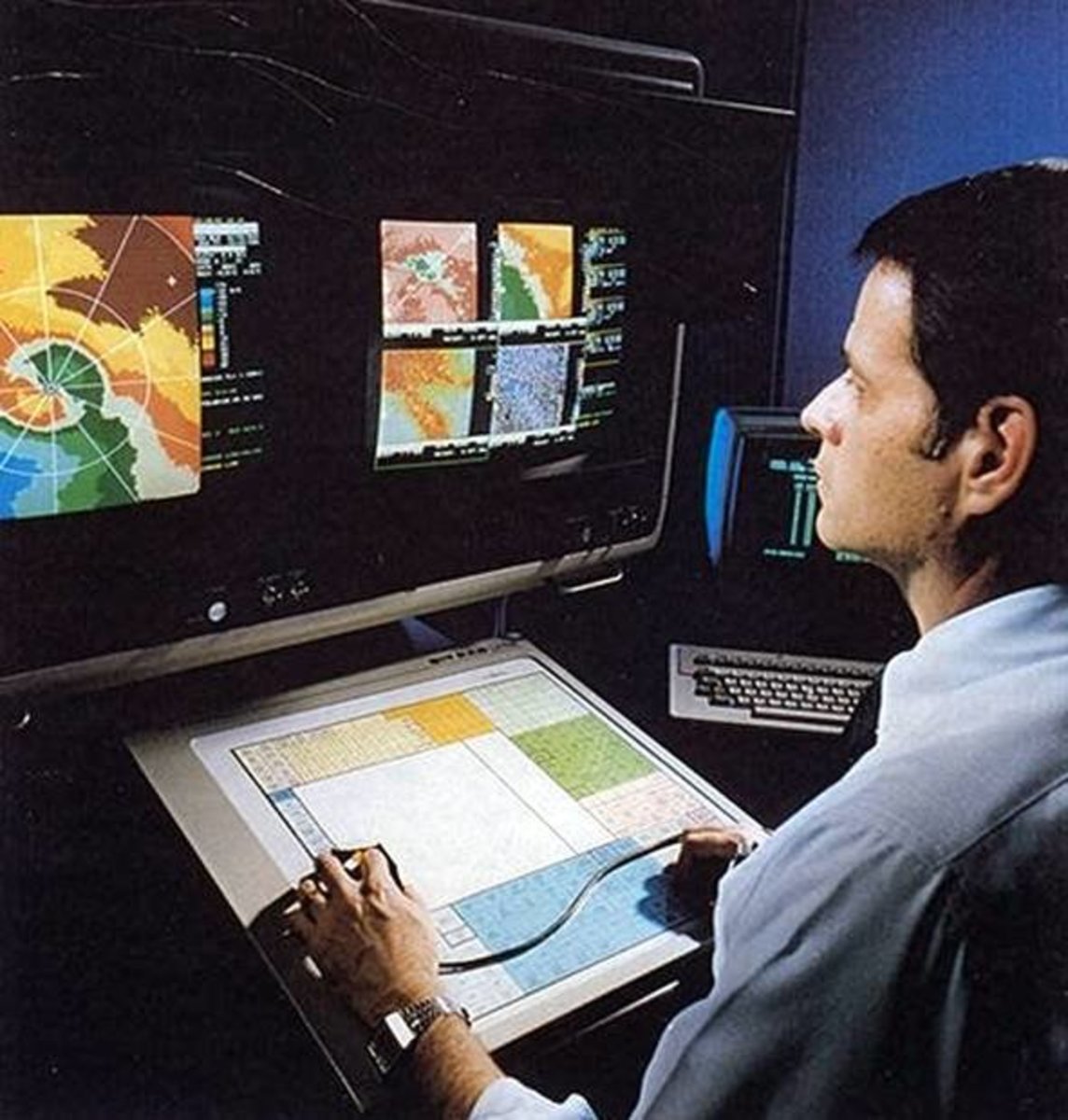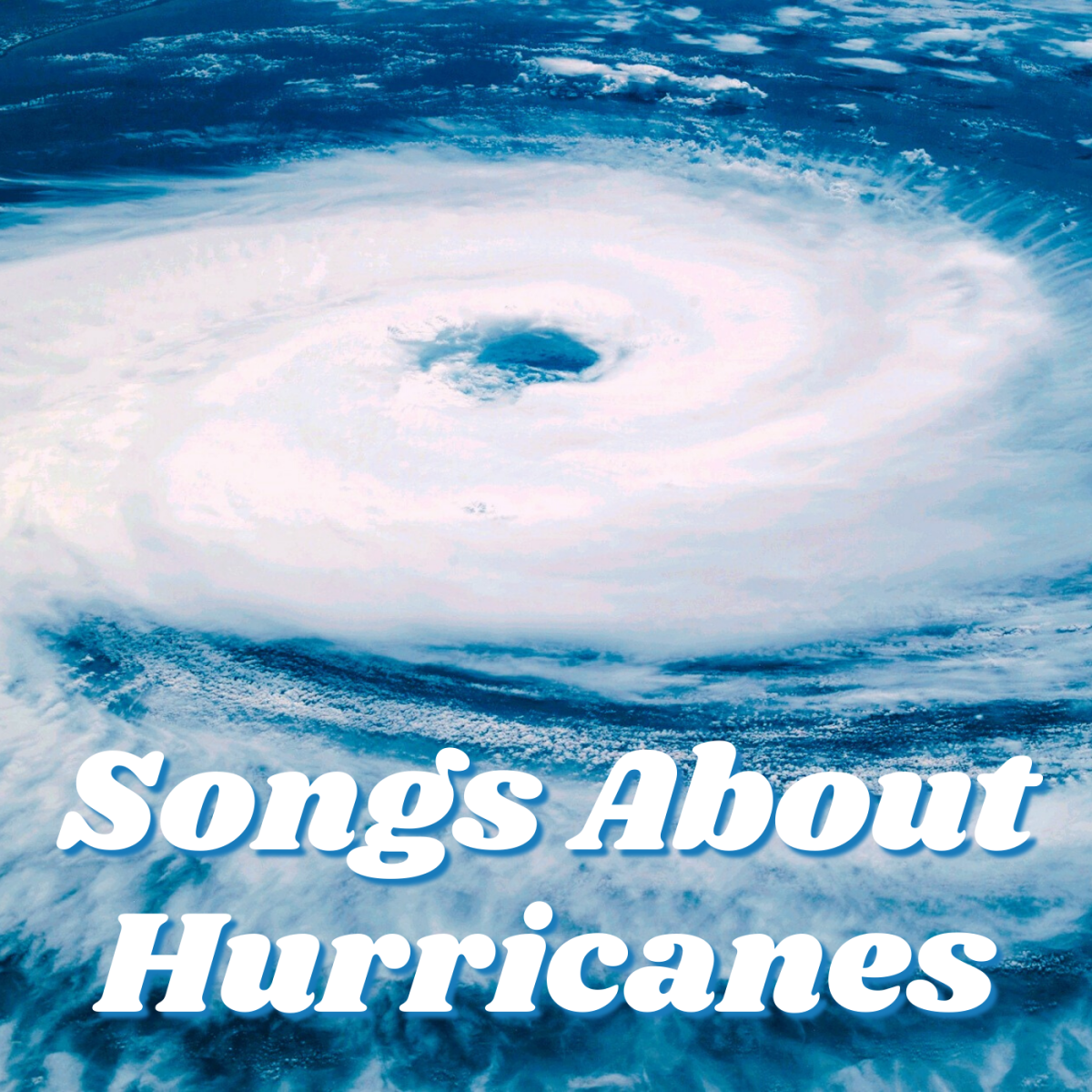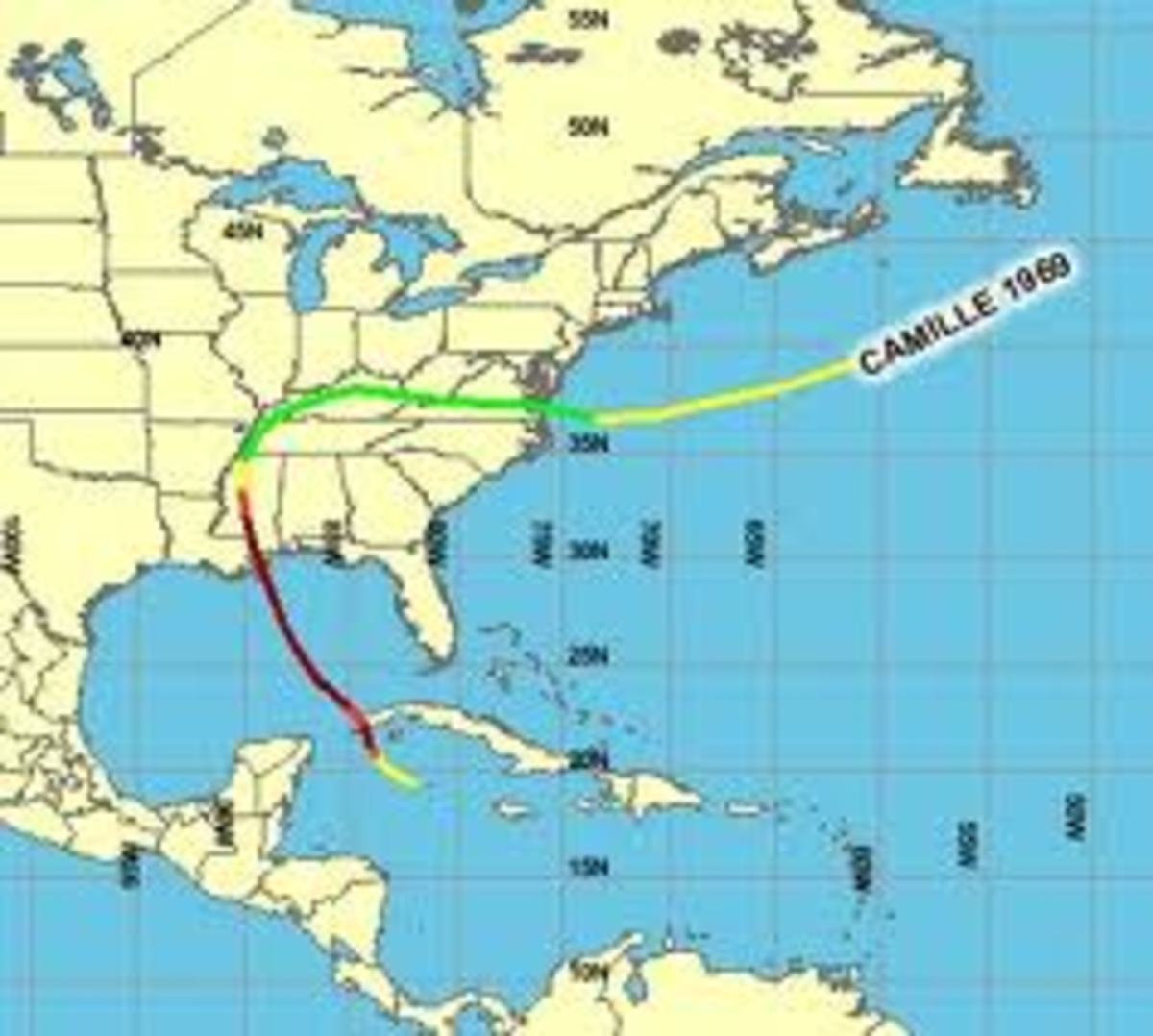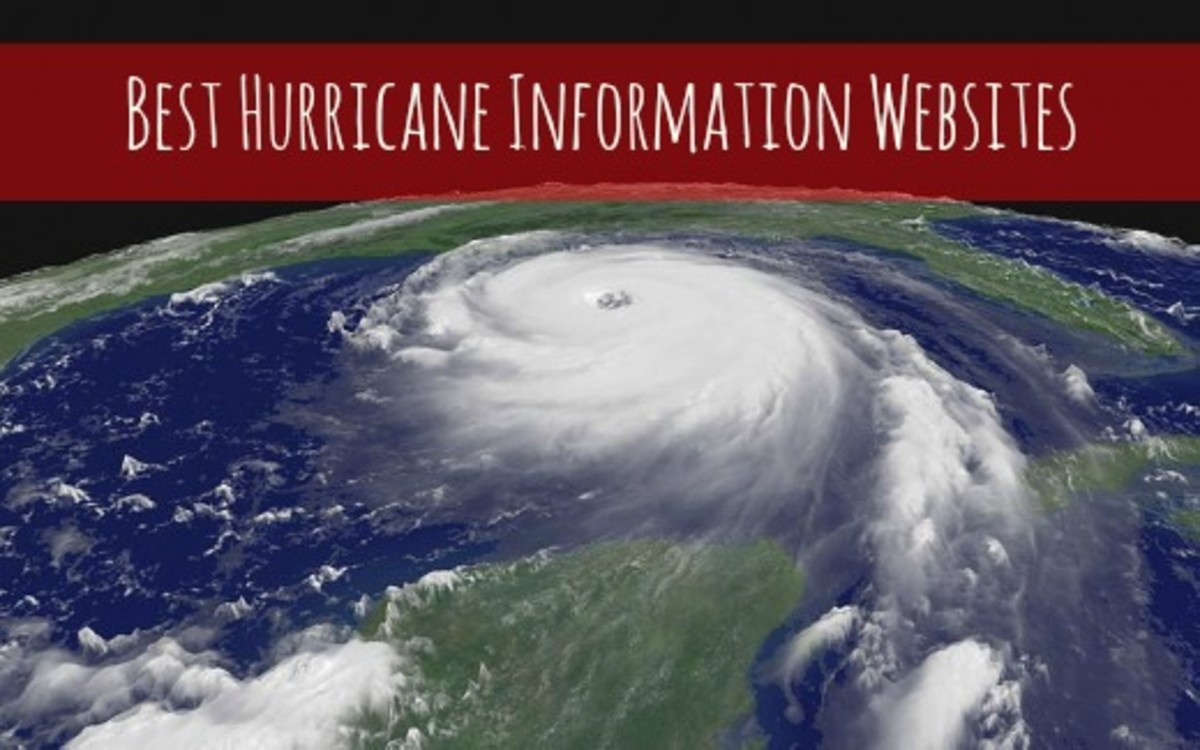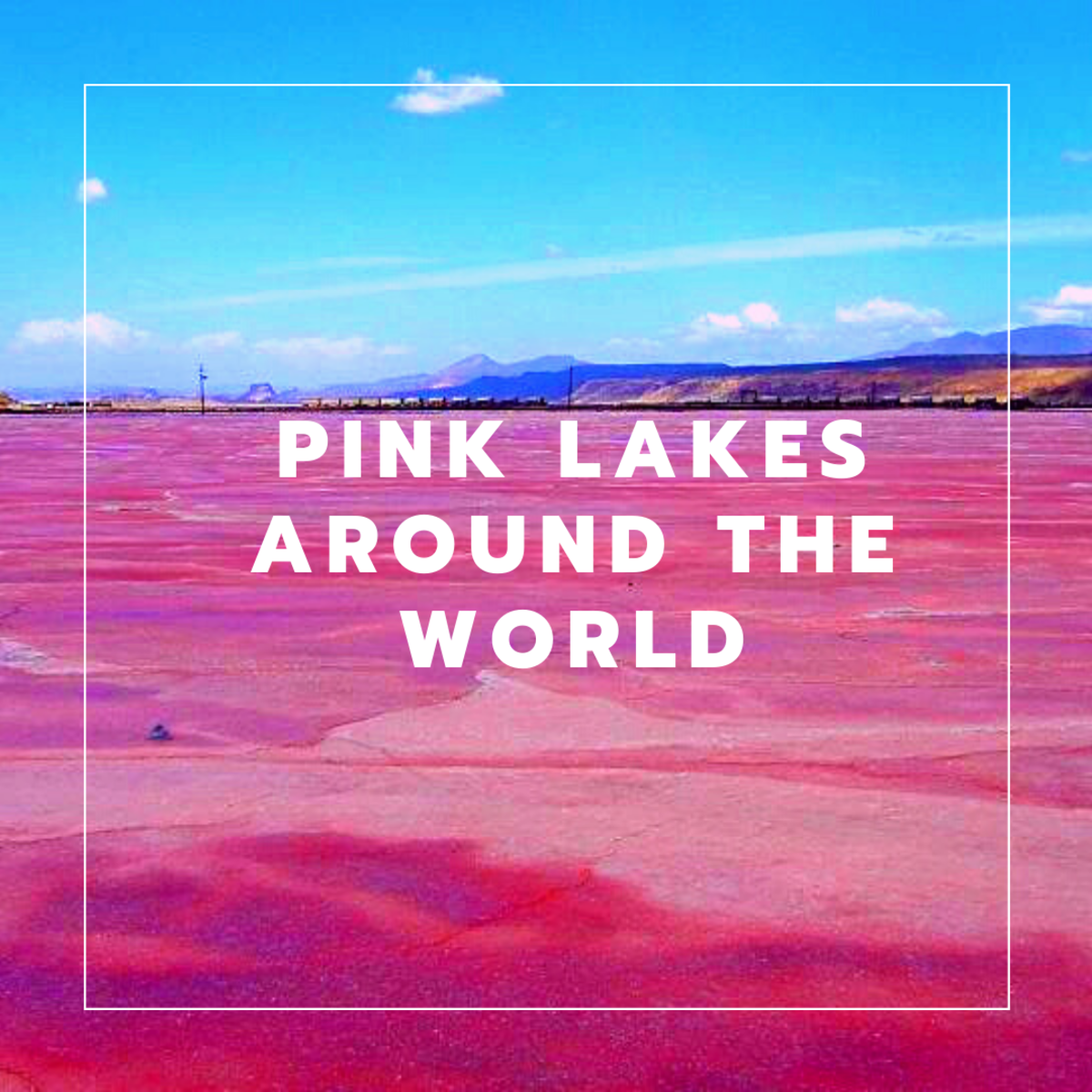Facing the Aftermath of Hurricane Matthew
The most powerful Atlantic tropical storm in almost a decade.

A quick lesson
As I was walking around taking photos the morning after Hurricane Matthew's visit, I not only noticed the damage that had been done, but also the beauty that still remained. There was plenty! I know that those of us who were touched by the storm this past week have all been surrounded by some messes after our very close call with Hurricane Matthew, but it is certainly a good thing that the damage here wasn't worse.
I got a fair share of exercise this past weekend cleaning up the yard and garden. The weather smiled on us for the clean-up, as these past few days have been beautifully cooler! The neighbors came together and really helped each other out.
For me there were many lessons learned as we prepared for Hurricane Matthew, especially lessons in priorities and values. Yes, many of us focused on finding ways to protect the buildings, our homes. However, for me, what I really aimed to protect were all the photos, paintings and other treasures, including my family and friends, to ensure that they were all in safe places.
Trees will grow again. Roofs can easily be replaced, but our loved ones are the real valuables, and thank God, they are all fine! My prayers go out to those who were not as fortunate.
Hurricane Matthew: The monster storm with a monster image to match
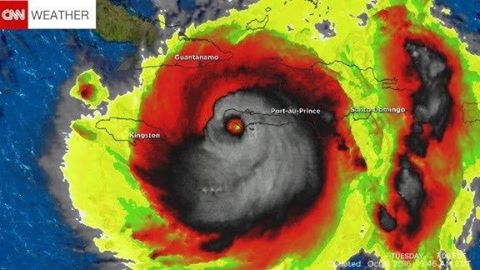
The birth of a monster
Matthew first began its development as a disturbance over the Atlantic Ocean near two weeks ago.
It has traveled more than 3,000 miles since it was first designated an Invest.
It's been nearly three weeks since we first began tracking the system that would go on to become Hurricane Matthew.
It took a few days for that system to organize as it moved westward in the Atlantic. About three days later, however, the system gained sufficient organization to be named Tropical Storm Matthew near the Windward Islands.
Once Matthew reached the eastern Caribbean, it became a hurricane and rapidly intensified. Its peak intensity was late Sept. 30 into early Oct. 1 when it reached Category 5 strength with 160 mph winds.
As communities braced themselves for the severe weather, one image ― captured on Tuesday morning by the National Oceanic and Atmospheric Administration’s GOES-13 satellite ― seemed to convey the dark spirit of Matthew.
A quick overview
Over 1000 deaths have been attributed to this monster storm as it has marched across the Caribbean and the Eastern United States this week.
Main bridges have been washed out. Roads have been stripped away making them impassable. Phone lines have been destroyed making communication impossible.
Evacuation orders were given in Florida and South Carolina, and along the East Coast in places like Georgia, making this threat even more ominous, as it roared closer to the U.S.
Evacuation orders
Tropical storm conditions were expected to reach parts of the Florida coast by Thursday, October 6th, and hurricane conditions were to intensify in some areas later in the day, the National Hurricane Center warned. Hurricane Matthew had top sustained winds of 120 mph, a Category 3 hurricane, Wednesday morning and we were warned that it could strengthen in coming days, the center said. It did.
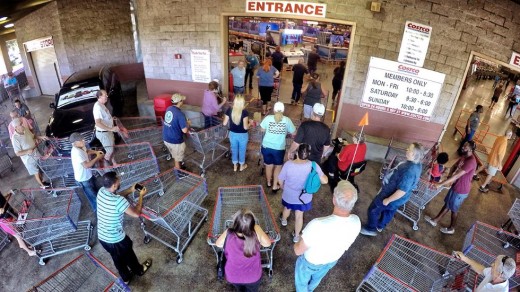
Evacuation
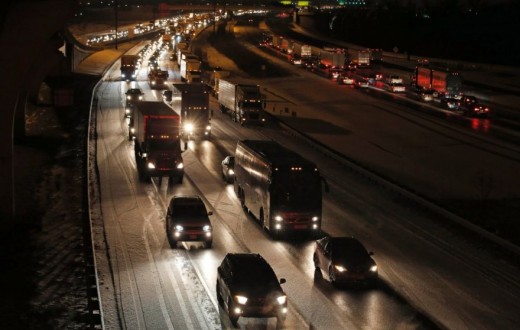
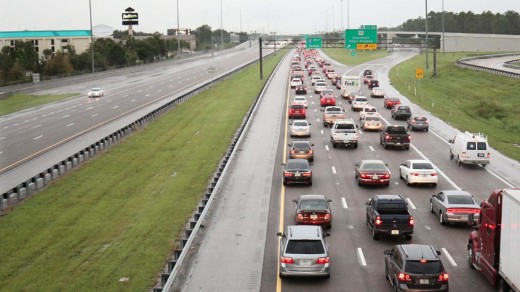
Hurricane Matthew and Haiti
Hurricane Matthew made landfall in Haiti, slamming the country’s southwest coast with winds of 145 mph and major flooding. Florida, South Carolina and Georgia each declared a state of emergency as the storm made its way toward the United States.
Haiti began cleaning up and counting its losses Wednesday after Hurricane Matthew killed at least 1000 people and left a trail of destruction before pushing toward the Bahamas. The death toll continues to rise.
Hurricane Matthew:
- killed at least 1000 people
- forced Haiti's electoral council to postpone Sunday's presidential election.
- pummeled towns, farmland and resorts
- toppled trees
- ripped away power lines
- collapsed bridges
- left tens of thousands of Haitians without power.
- flooding that created rivers of mud
- thousands living in shelters
- possible risks of starvation
- further cholera outbreak
Stories were told of people being killed by flying debris, and it reminded me so much of Hurricane Gilbert back in 1988, when it hit my homeland of the Cayman Islands. As we sat waiting for the storm to pass, I remember hearing what sounded like torpedoes hitting the sides of the house. The following morning, after the storm, we ventured outside to find the ground littered with avocados from our tree. These had become projectiles during the storm.
With hurricanes it’s not the wind, or the noise or the water. Well, yes, those are dangerous and certainly cause death during these massive storms.
However, it’s the mangoes, avocados and other fruits that start flying like projectiles.
Can you imagine the stories that wold be passed down from generation to generation of how one died? Death by drowning has honor....or If the wind picked you up and slammed you against some cement building. Imagine the story being told that you died because an avocado travelling at 80 miles per hour smashed your skull.
I have learnt to respect the fury of the wind, but am very aware of the ability of simple, beautiful, sweet objects to become deadly in the middle of a storm.
Haiti

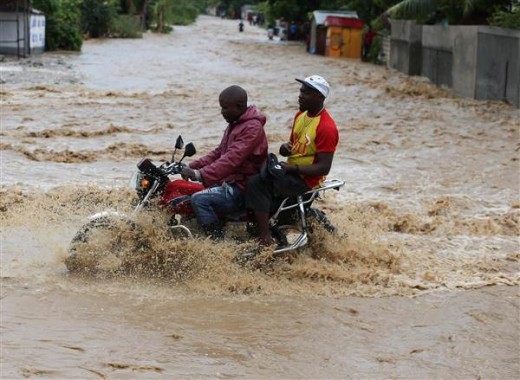

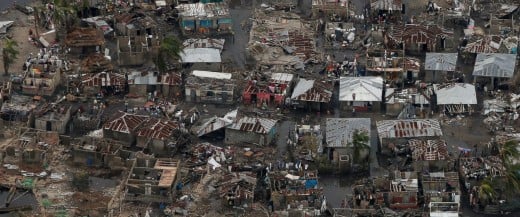
Assistance from the Cayman Islands, my home country.
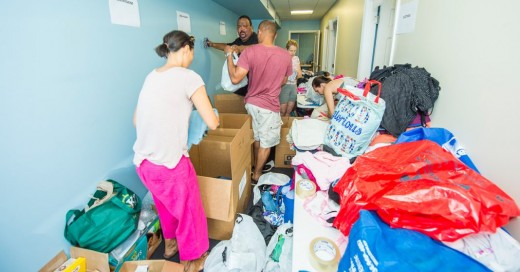


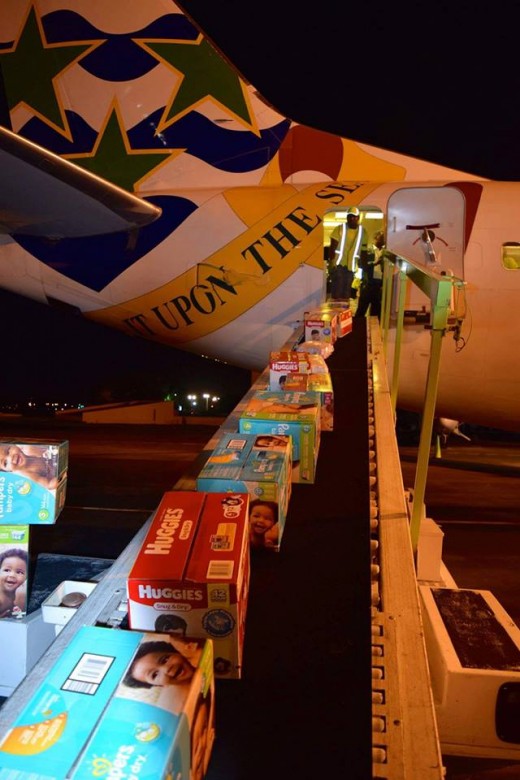


Cuba sends doctors to Haiti to help in the aftermath of Hurricane Matthew and the cholera crisis
Hurricane Matthew and Cuba
Hurricane Matthew
- reduced much of the Cuban town of Baracoa to rubble
- whipped up giant waves that demolished cement buildings
- whipped up winds that tore off roofs
- had devastating impacts from storm surge and extreme winds
- created heavy rains, flash floods, spin off tornadoes, and beach erosion
However, no lives were lost in Cuba, due to
- preparation
- a rigorous evacuation scheme
- storm advisories on a loop
- officials blared warnings from vehicles with loudspeakers
"If we had stayed here, this would have killed us," said Aristides Hernandez, 76, who abandoned his first-story apartment overlooking the sea for a friend's house inland.
"The sea came in through the front and exited out the back and took everything with it," he said.
The Locals sought to rescue whatever belongings they could find, setting them out in the street to dry. The promenade was strewn with clothes weighed down with rocks, mattresses, chairs and tables.
"We lost everything," said Osvaldo Neira, 57, rummaging around for material to build a pen for the three chickens that remained of what had been 32. Just one room of his two-story house was still standing.
"I even had to borrow this T-shirt," he said. "We're managing, but with pain in our hearts."
However, food and water was scarce in the shelters, which continued to serve much of the population.
The aftermath in Cuba
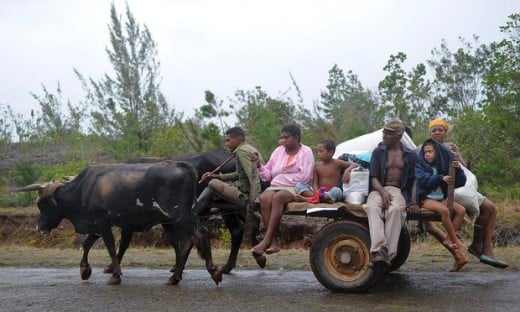
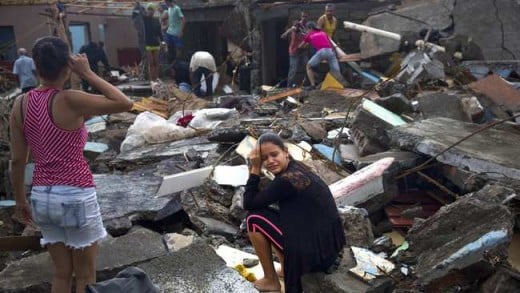

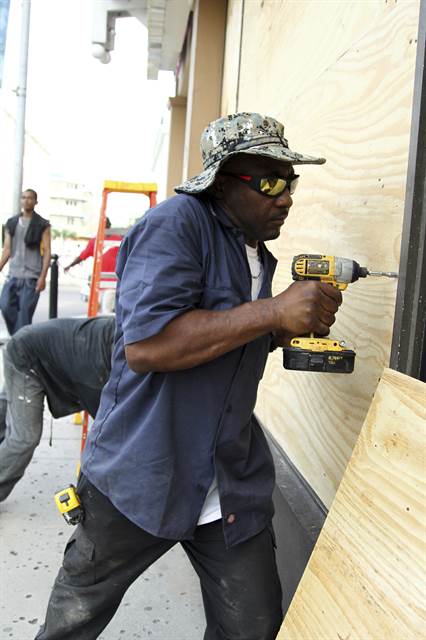
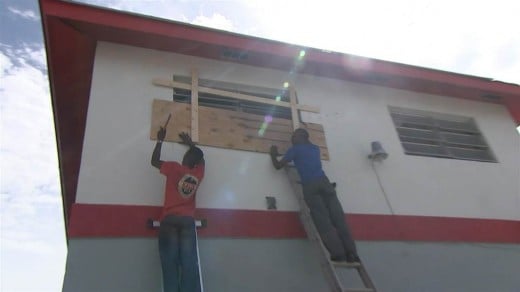
Hurricane Matthew and the Bahamas
The Bahamas on Wednesday morning, October 5th, 2016, were beginning to feel the first impacts from Hurricane Matthew.
On Tuesday, Prime Minister Perry Christie warned Bahamians to brace themselves for a “worst case scenario” as Hurricane Matthew barreled towards the island chain, according to Tribune 242.
Christie noted that the country's most populated city, New Providence, would get a direct hit from the powerful storm, and urged residents to evacuate southern coastlines on every island and move into the numerous shelters set up across the country.
Hurricane Matthew continued to wreak devastation and destruction, anywhere it wanted, having no mercy. When will this end?
Ports have been closed, and since re-opened.
Some remain closed due to damage.
Schools are not in session.
Power is out and could remain out for weeks.
Hurricane Matthew and Florida
Thousands were without power in Florida early Friday morning, October 7th, as Hurricane Matthew began to impact the state.
Several Florida counties issued evacuation orders ahead of the storm.
The University of Florida canceled Saturday's college football game against LSU.
Disney World closed, a record 4th time in the history since its opening.
Rain bands flood roads as downpours inundate.
The intensity of the storm grows as it approaches.
Winds accelerate.
Conditions worsen with each each passing moment.
Buildings strain with winds lashing against them, protected only by boards that have been nailed over them to hopefully catch any flying debris.
I am sure that many people were wondering, "Is this the one?"
Survivors emerge to check damage done.
Fred Johnson, meteorologist in charge at the National Weather Service in Melbourne, said the center of the hurricane was more than 40 miles offshore when it passed east of Brevard County as a Category 3 storm, with sustained winds of 120 mph. There was damage, but nothing like it would have been if the storm was 20 miles closer to the coast, Johnson said.
State of emergency in Florida
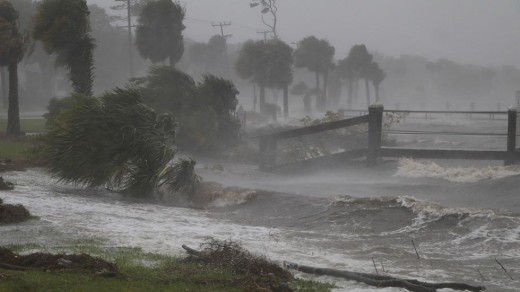
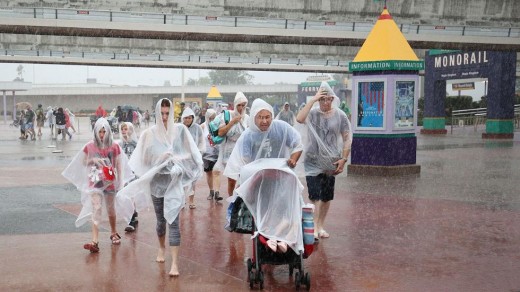
Hurricane Matthew and the Space Coast....my neck of the woods
900 miles across. What a monster!
Schools have been closed. My youngest son does back-flips on his bed at the announcement.
We began preparations days before in the slim chance that it would have made that northeastern trek. It sure did!
We're now under a hurricane warning. Our phones blare in unison with the warning that has just been sent. "Hurricane Matthew is headed your direction. Take cover. Prepare."
We wait.
For now, all was still.
Wildlife headed for cover, sensing danger.
It is so still right now. My youngest son seems almost disappointed. "Is this the hurricane, Mom?" "No, my Dear. This is the calm before the storm."
Evacuations have been ordered from Merritt Island and Cocoa Beach and other beach areas along Florida's East Coast.
Roads come to almost a standstill with everyone trying to leave the area.
Gas stations have lines of people trying desperately to get a little bit of gas in their cars. Soon there will be "Out Of Service" signs posted on so many gas stations.
"Sorry, no gas."
It's 4:30 a.m. on Thursday and I can hear the rain beating on the windows and the wind howling.
Rumbling noises have started.
The sky becomes electrified.
The night sky is angry.
There is a short lull but at 8:15 the rains start again, and then the wind. This gets gradually worse until Matthew's arrival.
It's 1:15 on Friday morning and the winds are now screaming and howling outside. The rain continues to beat against the windows.
It's hard to see. I brave the elements and see the branches of trees as they struggle against the wind.
The intensity of the storm grows. The winds accelerate.
Conditions worsen, each moment more tense than the other.
As buildings strain with winds lashing against them, does anyone feel safe?
Blue and red lights go by. It's a police car. Something is happening at a neighbor's house. "Go back inside," the cop yells.
At 8:00 a.m. I am able to see some of the damage. Trees are uprooted and the winds still howl outside. My prized Moringa tree leans at a scary 45 degrees, clinging on to life. Debris litter the yards and rooftops. Plants continue to do that frantic dance against the power of the breezes, as they are lashed back and forth. Tree branches continue to strain, desperately trying to cling onto their stronghold. There is not as much water as I expected, thank goodness.
Whole trees have been struck down. Trees that have stood for decades, now lie on their sides, kissing the ground with their branches, bidding a farewell to this life, as chainsaws chop them up into pieces to be lay at the roadside for pickup and disposal.
If they're lucky, maybe some of the pieces will become firewood, providing warmth on those cold nights that are coming.
If they're lucky maybe some of the pieces will become mulch, providing warmth, nourishment and protection for other plants.
The winds blew a mighty hurricane, overturning everything in sight, leaving everyone in darkness.
Batteries, candles, flashlights, kerosene lamps, grills and generators will become our best friends over the next few days.
Pieces of the neighbor's roof now lay in my yard across my banana trees.
Live electrical wires lay in my neighbor's backyard.
Sections of her fence lay on the ground.
Debris litter the entire community, I was to learn later as my neighbor took me for a drive-through.
The storm blew off steam, releasing all its energy, it seems, into my neighborhood.
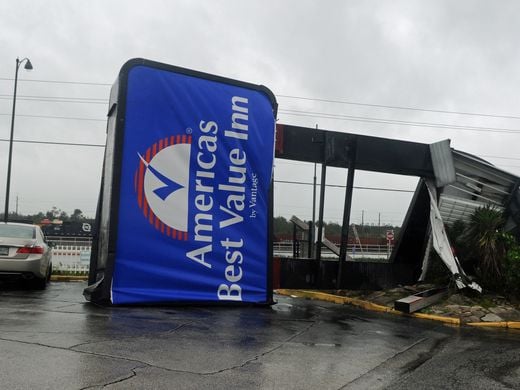

The clean-up begins
Generators hum throughout the night powering people’s lives, while the death toll rises in Haiti from 11 to now over 1000.
Hurricane Matthew hid the dead under rubble and water.
Yet we worry about whether we will be able to save the meat in our freezer. The perspective!
Kids play feverishly as if trying to make up for the time they were held hostage inside their homes by the storms.
The storm, at last, passes, and once the worst is over we emerge to check damage done.
I cannot get over just how clean the air smells, as if it has been through a giant air purifier.
Wait! It has!
The land has been swept clear.
Sadness, death, and rubble have been left behind for so many, not just here in Florida, but in Haiti, Cuba, the Bahamas, the Carolinas and Georgia.
So much destruction for others to clean.



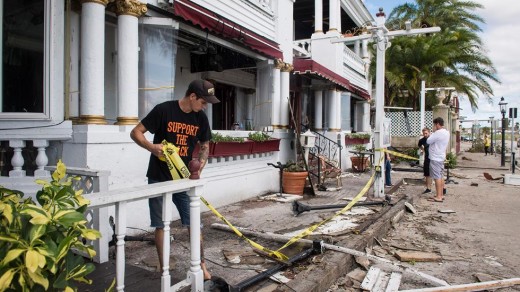
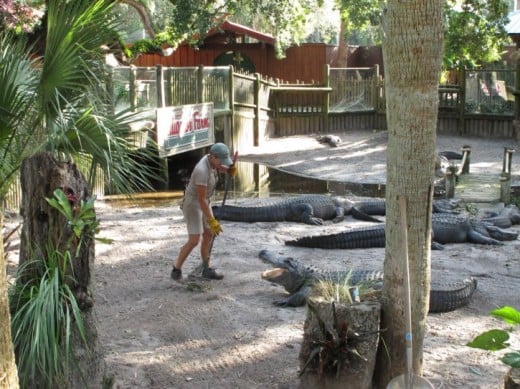
Storm surge in Jacksonville Beach, Florida

Hurricane Matthew aftermath in Flagler Beach

Scenes from my yard
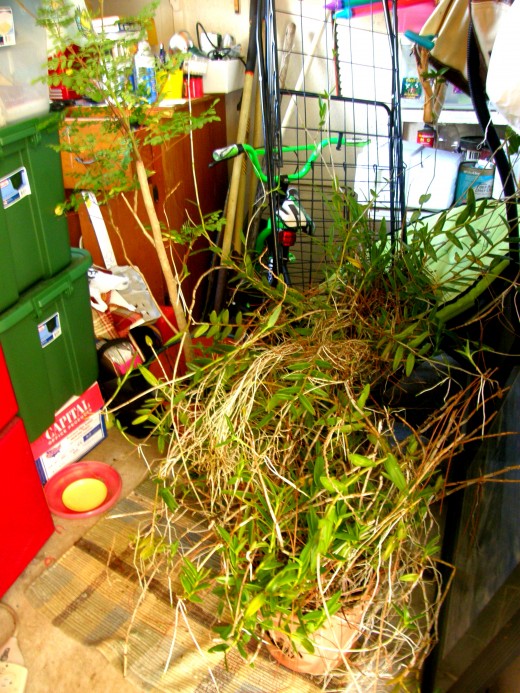
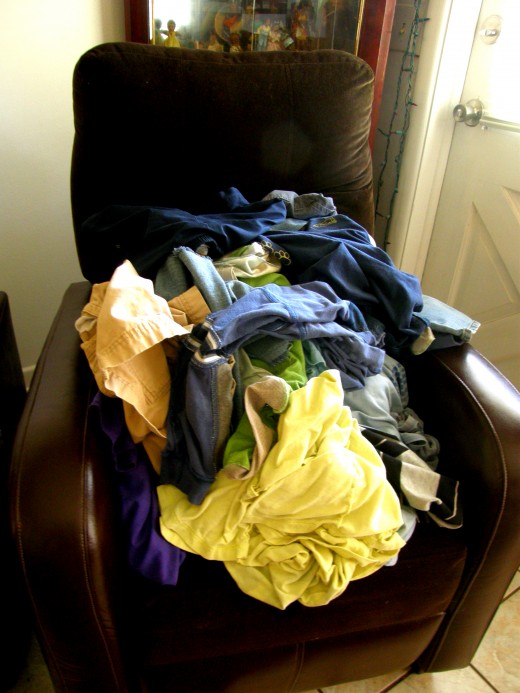
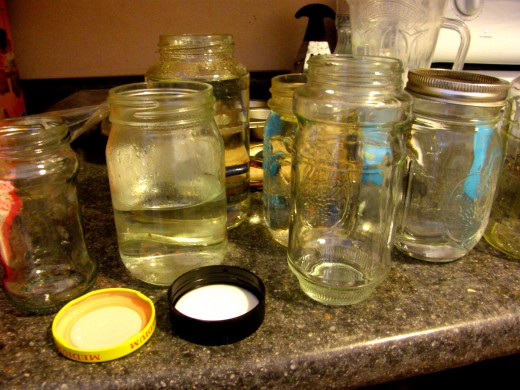
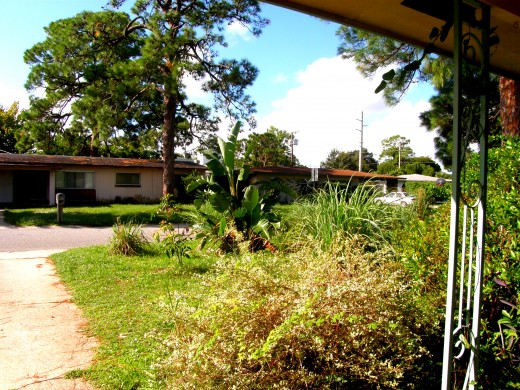
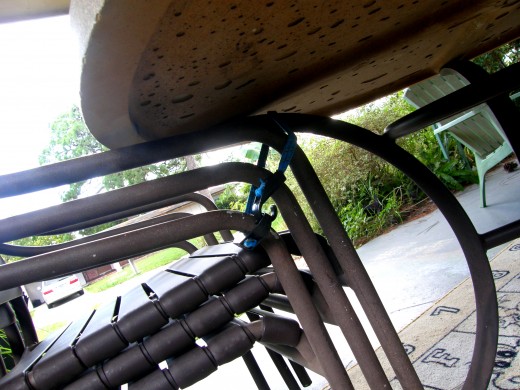
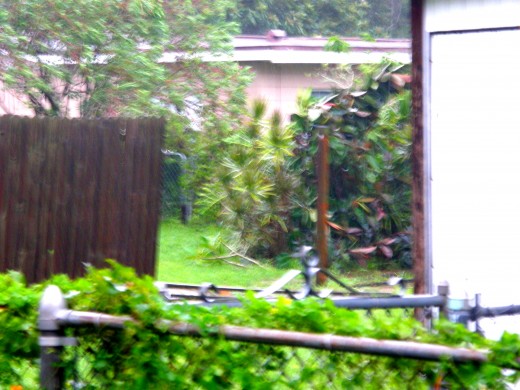
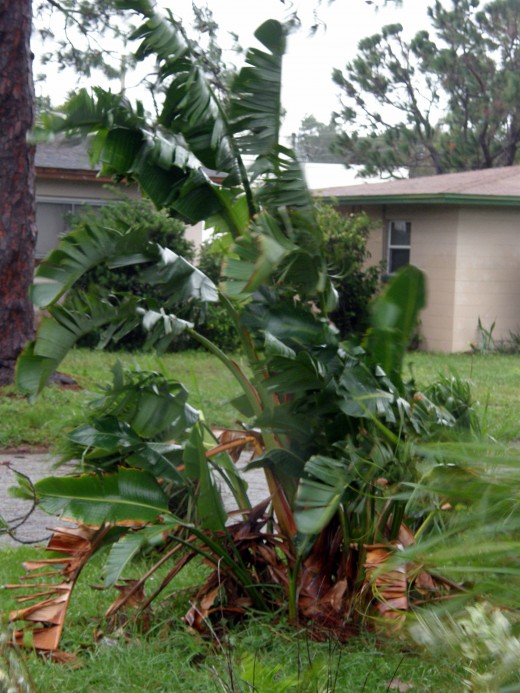
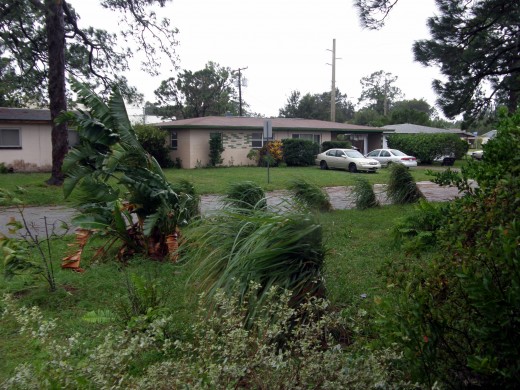
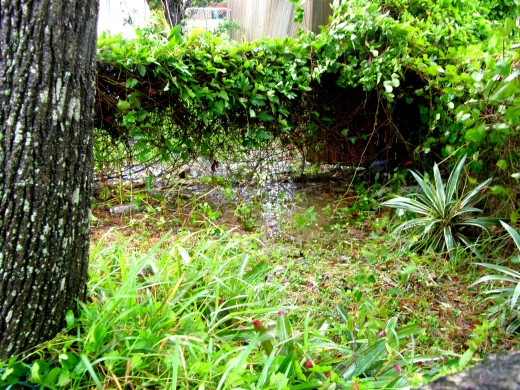

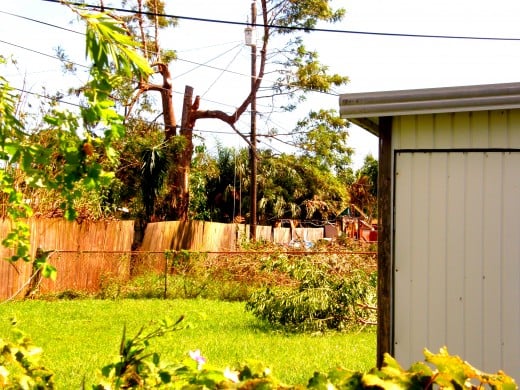

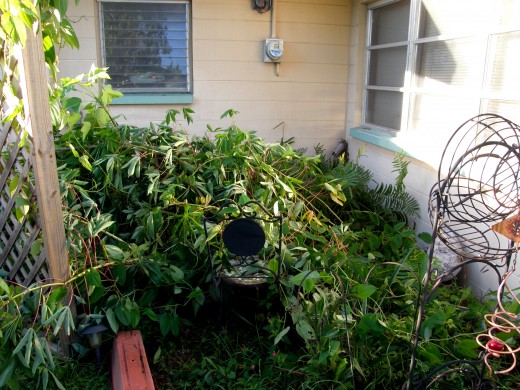
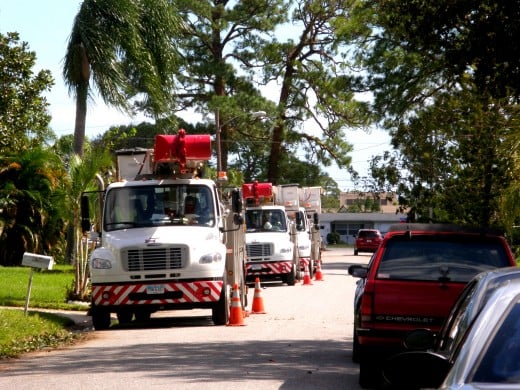
Scenes from South Carolina and Georgia
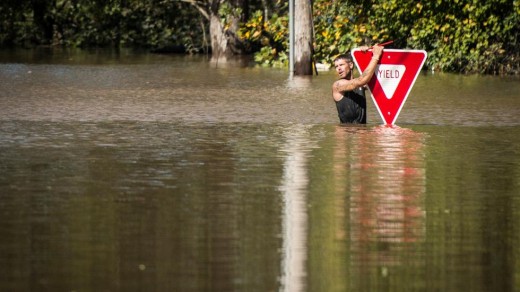

Were you affected by Hurricane Matthew?
Deaths caused by Hurricane Matthew
State or Country
| Number of deaths
|
|---|---|
Haiti
| over 1000
|
Florida
| at least 7
|
South Carolina
| at least 3
|
North Carolina
| 17
|
The Bahamas
| 0 reported
|
Cuba
| 0 reported
|
Tips to prepare for a hurricane
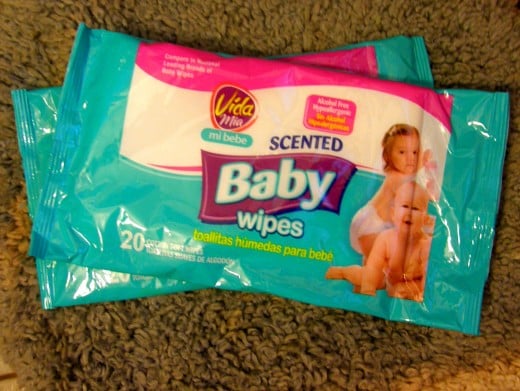
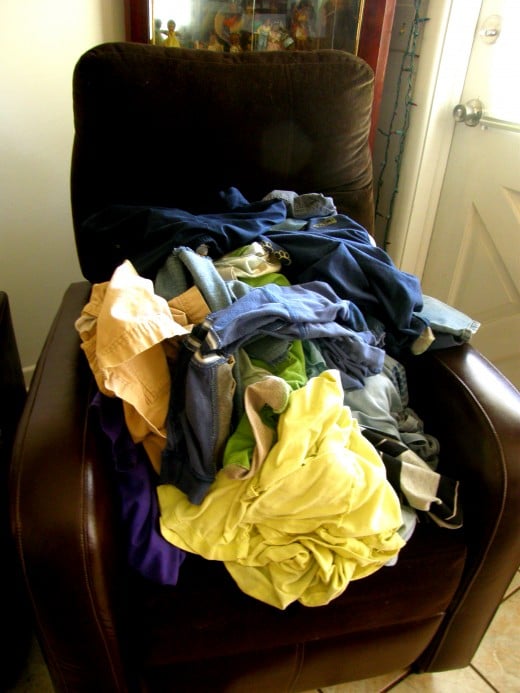
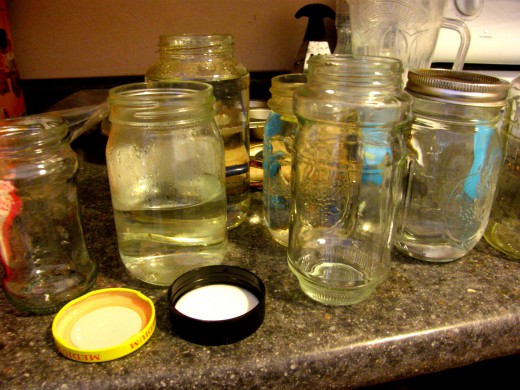
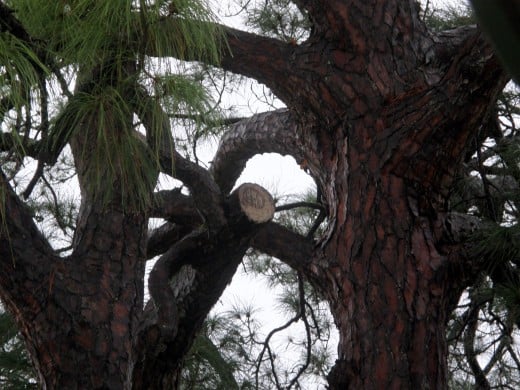
Hurricane survival tips
- Don't panic!
- If you are told to evacuate, evacuate.
- Check on neighbors if you decide to stay.
- Make extra ice before the storm arrives.
- Have one gallon of water per person for 3-7 days.
- Have non-perishable food and juices on hand. Examples of these include pudding, applesauce, granola bars, pop-top fruit, peanut butter, jelly, bread, dried fruit are just some options.
- Purchase a non-electric can opener. This will come in handy if and when you lose power.
- Have lots of baby wipes on hand. These will come in handy for cleaning up when you cannot take baths or showers.
- Battery operated radios or TVs will be very important!
- Have a kerosene lamp and lots of candles available.
- Don't forget the matches or lighters.
- Charge your laptops and phones while waiting for the storm.
- Fill your cars with fuel beforehand. Preferably days ahead. Lines for gas will be very long the day before a storm. Some gas stations may even run out of fuel.
- Board up your windows or have hurricane shutters installed.
- Have trees trimmed before a storm hits.
- Store any outdoor furniture and ornaments indoors, or in a storage room, if available.
- Don't take videos or photos during a storm, unless you are trained to do so. Not many of us are.
- Have extra blankets, pillows, flashlights, batteries, paper plates and utensils for everyone!
- Have cash on hand. If power is out, the ATMs and debit cards will not work.
- Prepare a First-Aid Kit. Every home should have one anyway, even if a hurricane is not coming. First-aid kit should include: bandages, scissors, adhesive tape and gauze pads. Antiseptic spray, hydrocortisone cream, bug repellent, aspirin, rubbing alcohol, ointments for burns and cuts, essential oils and all those herbs you might use.
- If you're on medications, make sure you have enough of them for the period during and after the storm.
- Have toys, books and games available for kids. Electronics will not be working for those kids who are addicted to the screens.
- A battery operated handheld fan would be very useful. You can find these, even at the Dollar Store.
- Generators are very useful, but could be dangerous if not used properly. Proceed with caution. More accidents happened with generators after a storm than from a hurricane itself.
- Have a charcoal grill available for cooking. If you have an electric stove, it will not work if you lose power.
- Do NOT empty a pool. A storm could cause the pool to pop out. Lower the water level by one or two feet. Add extra chlorine to prevent impurities from contaminating the water. You never know what you might be able to use your pool water for after the storm.
- If possible park your cars in the garage. If you have an electric door opener, be sure you know how to manually open the door in case you lose power.
- Be prepared for after the storm and have your insurance numbers on hand.
- Make sure your children have emergency ID's just in case you get separated for one reason or another. Never take chances when it comes to children.
- Put important documents like passports, Green Cards, Medical records etc in large zip-lock bags. Make sure you know where to grab them should you have to leave rather quickly.
- Make sure all pets are safe during the storm.
- Wash all the dirty laundry before the storm hits. You'll want to have clean clothes, just in case you lose power and water connection.
- Remember, there will be sunshine after the storm passes.
Beauty remains
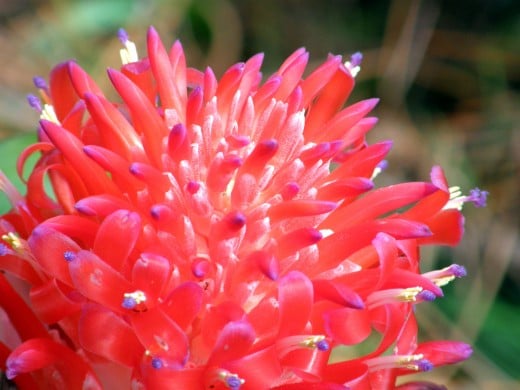
© 2016 Gina Welds

